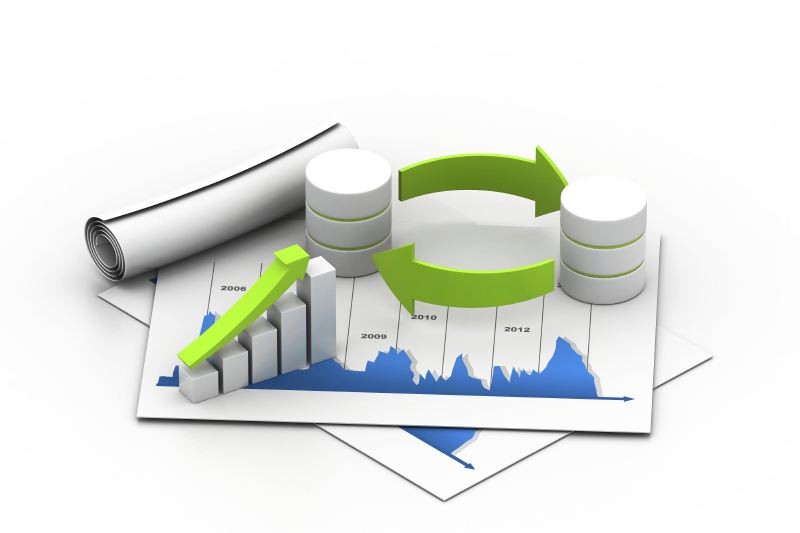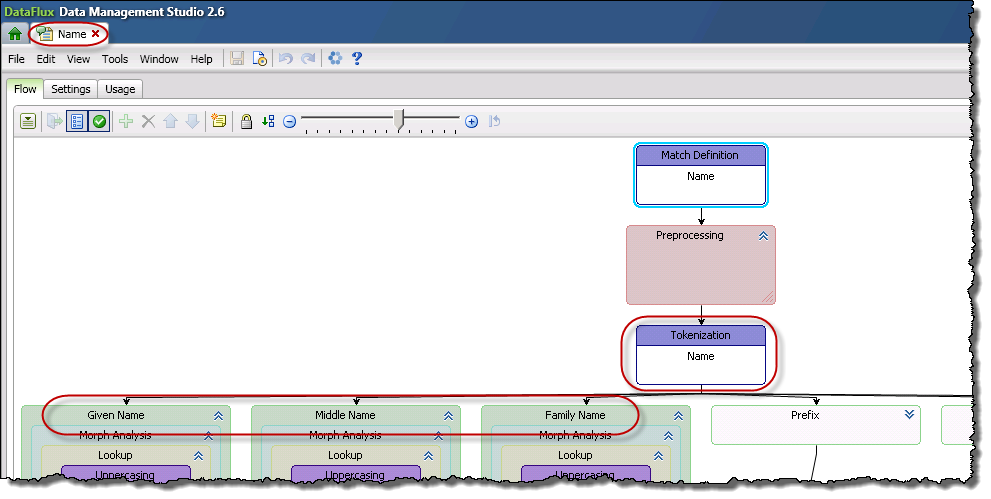
.@philsimon on the specific risks to data quality posed by cloud computing.

.@philsimon on the specific risks to data quality posed by cloud computing.

Does it upset you when you log onto your healthcare insurance portal and find that they spelled your name wrong, have your dependents listed incorrectly or your address is not correct? Well, it's definitely not a warm fuzzy feeling for me! After working for many years in the healthcare, pharmaceutical and

I'm frequently asked: "What causes poor data quality?" There are, of course, many culprits: Lack of a data culture. Poor management attitude. Insufficient training. Incorrect reward structure. But there is one reason that is common to all organizations – poor data architecture.
Many data quality issues are a result of the distance separating data from the real-world object or entity it attempts to describe. This is the case with master data, which describes parties, products, locations and assets. Customer (one of the roles within party) master data quality issues are rife with examples, especially

@philsimon on what we can learn about data quality from Jeff Bezos's behemoth.

At a recent TDWI conference, I was strolling the exhibition floor when I noticed an interesting phenomenon. A surprising percentage of the exhibiting vendors fell into one of two product categories. One group was selling cloud-based or hosted data warehousing and/or analytics services. The other group was selling data integration products. Of

When you spend long enough writing and working in any industry, you inevitably see trends emerge and reach varying levels of maturity. Data governance is one such trend, as you can see from the following Google Trends chart:

.@philsimon lists the gravest data-quality errors.

I've been doing some investigation into Apache Spark, and I'm particularly intrigued by the concept of the resilient distributed dataset, or RDD. According to the Apache Spark website, an RDD is “a fault-tolerant collection of elements that can be operated on in parallel.” Two aspects of the RDD are particularly

Data quality has always been relative and variable, meaning data quality is relative to a particular business use and can vary by user. Data of sufficient quality for one business use may be insufficient for other business uses, and data considered good by one user may be considered bad by others.

I recently presented a webinar (via the IAIDQ) on the topic of 7 Habits of Effective Data Quality Leaders. To prepare, I looked back at the many interviews of leading data quality practitioners I had undertaken over the years. A common trait among all these interviews stood out – they


As I explained in Part 1 of this series, creating a strategy for the data in an organization is not a straightforward task. Two of the most important issues you'll want to address in your data strategy are data quality and big data. Data quality There can be no data that is

"I skate to where the puck is going to be, not where it has been." - Wayne Gretzky I love this quote from Wayne Gretzky. It sums up how most organizations approach data strategy. Data strategy typically starts with a strategic plan laid down by the board. The CEO will

When my band first started and was in need of a sound system, we bought a pair of cheap yet indestructible Peavey speakers, some Radio Shack microphones and a power mixer. The result? We sounded awful and often split our ear drums from high-pitched feedback and raw, untrained vocals. It took us years

In this two-part series, which posts as the calendar turns to a new year, I revisit the top data management topics of 2015 (Part 1) and then try to predict a few of the data management trends of 2016 (Part 2). Data management in 2016 The Internet of Things (IoT) made significant

In this two-part series, which posts as the calendar prepares to turn 2015 into 2016, I revisit the top data management topics of 2015 (Part 1) and then try to predict a few of the data management trends of 2016 (Part 2). Data management in 2015 Big data continued to make

Most people have logged on to a social media site, maybe to look up an old friend, acquaintance or family member. Some people play games, or post funny pictures or other information they want to share with everyone. Do you ever ask yourself what happens with this information? What if your business wanted to purchase this information and

In 2014, big data was on everyone’s mind. So in 2015, I expected to see data quality initiatives make a major shift toward big data. But I was surprised by a completely new requirement for data quality, which proves that the world is not all about big data – not

Sometimes when trying to fuzzy match names you want to fuzzy match just a portion of the name: for example, Family Name and/or Given Name. A common mistake that people make is to feed in the Family Name and Given Name columns separately into the Match Codes node instead of

Confusion is one of the big challenges companies experience when defining the data governance function – particularly among the technical community. I recently came across a profile on LinkedIn for a senior data governance practitioner at an insurance firm. His profile typified this challenge. He cited his duties as: Responsible for the collection

Time. It flies. It does so whether or not you’re having fun or otherwise putting it to good use. To know where it flies, you’d need to watch. But most of us can’t make the time to watch. How we use time is important since it’s the one resource we

To prepare for the data challenges of 2015 and beyond, health care fraud, waste and abuse investigative units (government funded and commercial insurance plans, alike) need a data management infrastructure that provides access to data across programs, products and channels. This goes well beyond sorting and filtering small sets of

Jim Harris explains why it's especially important to assess the quality of metadata when it comes to big data.

Jim Harris discusses perspectives on the question of how much quality big data really needs.

Jim Harris addresses some of the most common questions and challenges big data poses for data quality.
.@philsimon on bridging the IT-business divide once and for all.
As a youngster in the 70s and 80s, Star Trek inspired my imagination and fostered a great love for science, technology and reading. (See the embedded Star Trek infographic for some interesting factoids – did you know that there were 28 crew member deaths by those wearing red shirts?) Captain Kirk and the
Data integration, on any project, can be very complex – and it requires a tremendous amount of detail. The person I would pick for my data integration team would have the following skills and characteristics: Has an enterprise perspective of data integration, data quality and extraction, transformation and load (ETL): Understands
Integrating big data into existing data management processes and programs has become something of a siren call for organizations on the odyssey to become 21st century data-driven enterprises. To help save some lost time, this post offers a few tips for successful big data integration.